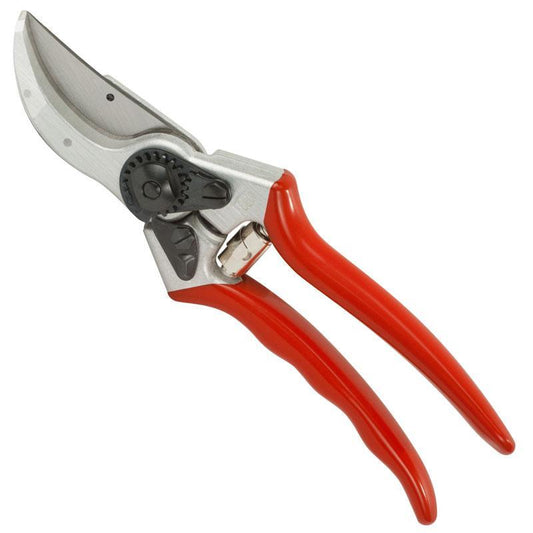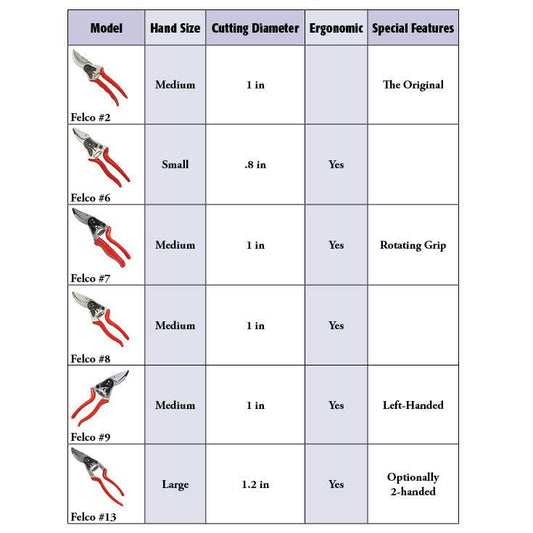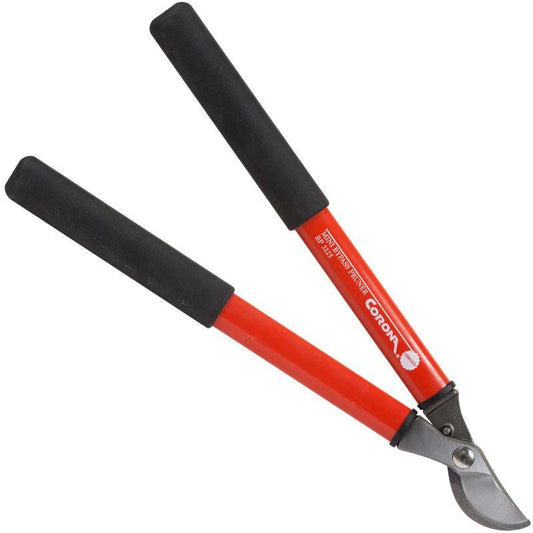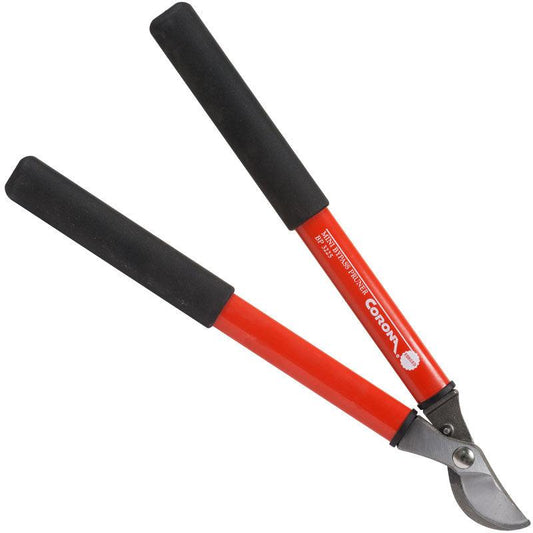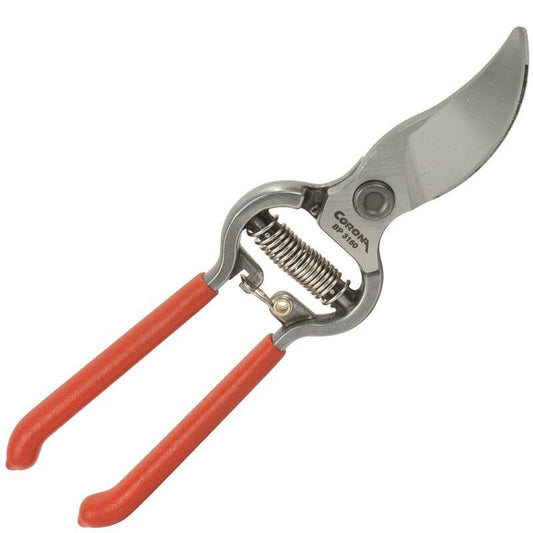In this video, Tricia shares her tips for pruning grape vines to keep them healthy and productive.
How to Prune Grape Vines for a Bountiful Harvest
Pruning grapevines is essential to promote healthy growth and maximize fruit production. Whether you're a seasoned gardener or new to grape cultivation, winter pruning is the key to success. Here's a guide to cane and spur pruning, the two primary methods for grapevine care.
Cane Pruning
Cane pruning is ideal for table grapes and ensures abundant yields. Follow these steps:
- Select Healthy Canes: Choose one to two 1-year-old canes with smooth bark from each side of the vine, avoiding older, shaggy canes. The chosen canes should have about 15 buds, be close to the trunk, and measure pencil-thick.
- Tag and Trim: Mark the selected canes with ribbon to avoid cutting them accidentally. Trim the remaining canes.
- Create Renewal Spurs: For every fruiting cane, prune another cane down to two buds to develop renewal spurs for next year's growth.
- Prune Canes: Cut back fruiting canes to 15 buds, removing any lateral branches.
- Pruning for Arbors: Remove suckers from the main vine, keeping one cane and one renewal spur for every 1-2 feet of cordon.
Spur Pruning
Spur pruning works well for neglected vines and those trained to bilateral cordons.
- Clean and Prepare: Remove excess growth to reveal the cordons. Maintain cordons at about 3.5 feet.
- Select Spurs: Prune 1-year-old canes back to two buds to create spurs. Aim for seven spurs per cordon, spaced six inches apart.
- Remove Overgrowth: Cut canes growing too far from the cordon.
Additional Tips
- Prune between January and March.
- Don't worry about bleeding cuts; it's natural and won't harm the vine.
- Regular pruning ensures better airflow, sunlight penetration, and robust fruiting.

